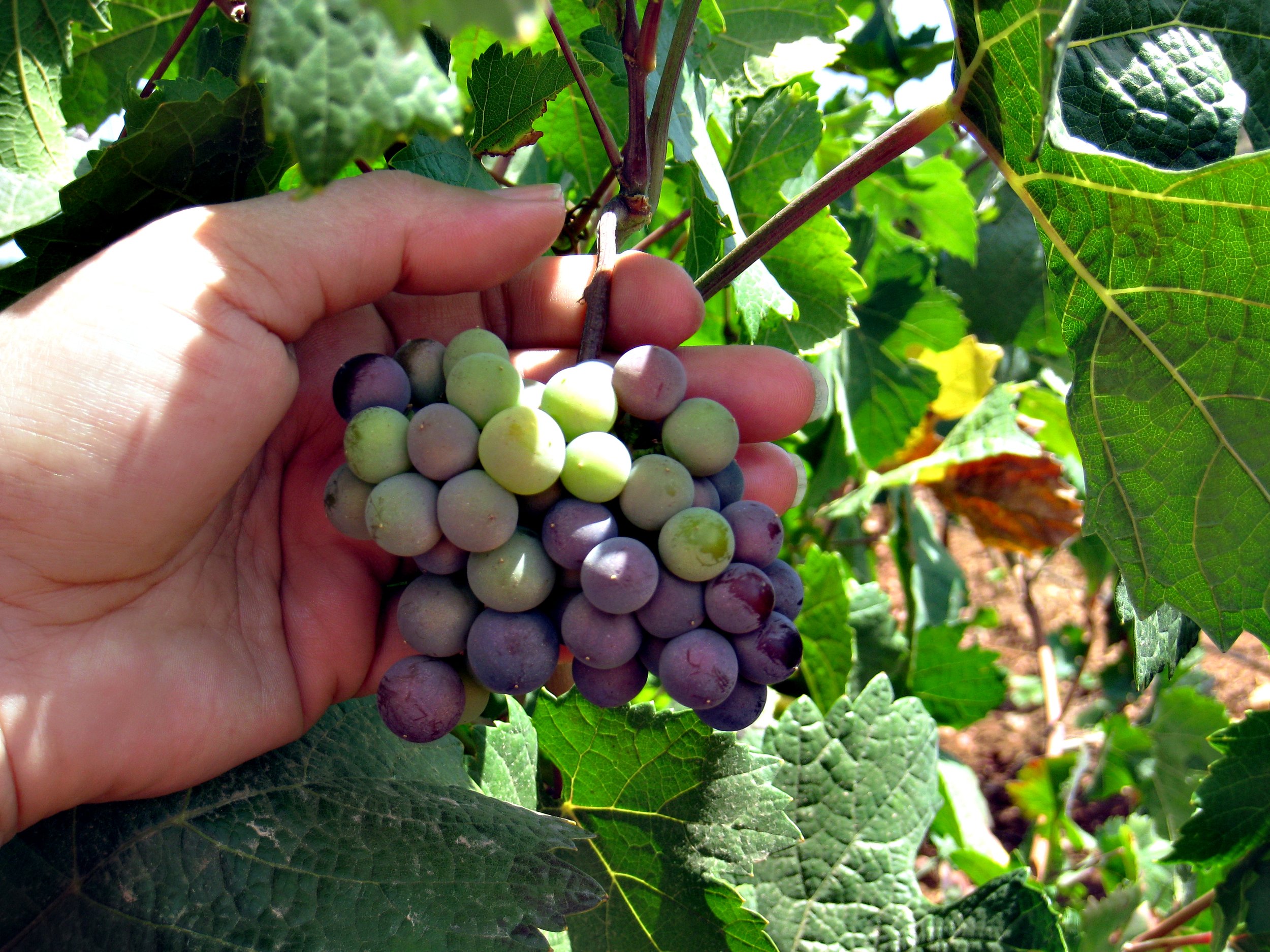While catching up on some recent reading, I came across an article looking at wine decanting versus aerating. The bottom line presented in the article was that older wines should be decanted and young wines should be aerated. This caused me to pause.
Both of these methods allow a wine to have further exposure to oxygen that typically helps a wine to release any undesirable odors and, more importantly, to help soften the tannins in a red wine.
But, what caused my pause is that older red wines typically have softer tannins just from the aging process. And, an older wine is usually a bit more delicate and can quickly loose its character, or go flabby, if decanted.
Young red wines often have bigger, bolder tannin and benefit the most from decanting. Sometimes for hours.
So, my advice would be a bit different than the article. If you are dealing with a young red wine whose tannins are too bold, I’d recommend pouring it into a decanter. Then, re-sample periodically. Usually after an hour or two, the decanting process has calmed the tannins and you’ll find a noticeable positive difference.
If you are dealing with an older bottle of red wine, I’d recommend trying it immediately out of the bottle. If you detect something odd or the tannins are still too bold, then pour it into a decanter (being especially careful to avoid pouring any sediment into the decanter) and give it 10 to 15 minutes. Then, re-try the wine.
As for an aerator, they are fun pouring accessories, and they do add a bit of oxygen to the wine during the pouring process. But, for really giving a wine some breathing space, give it some time in a broad-based decanter. Cheers!




